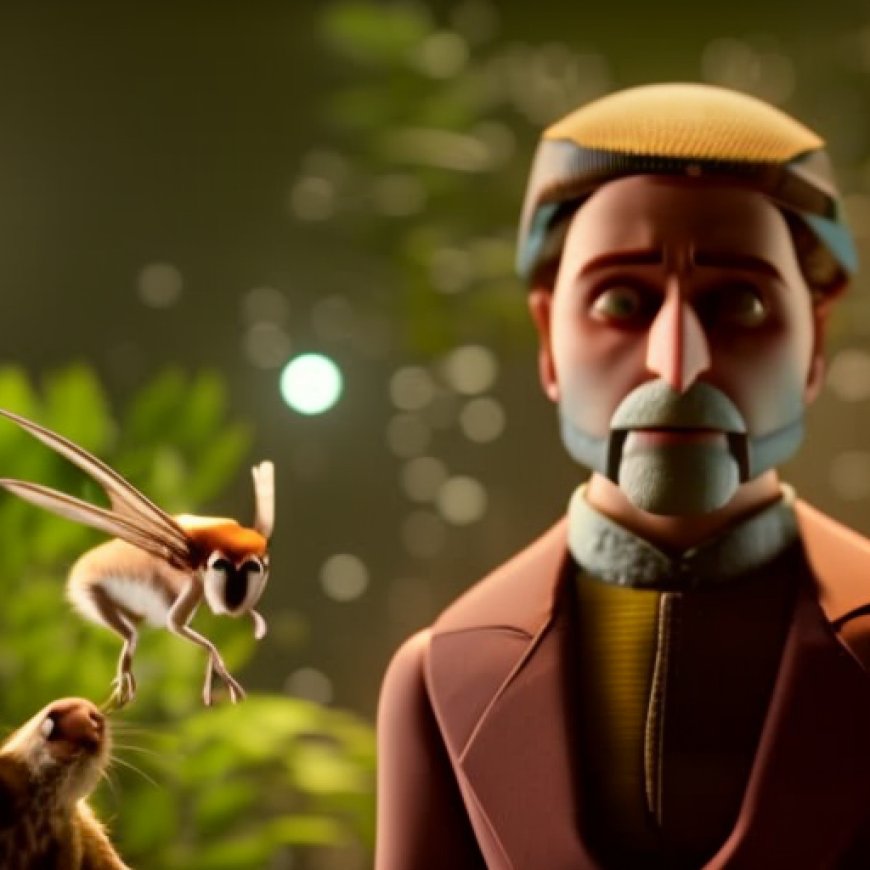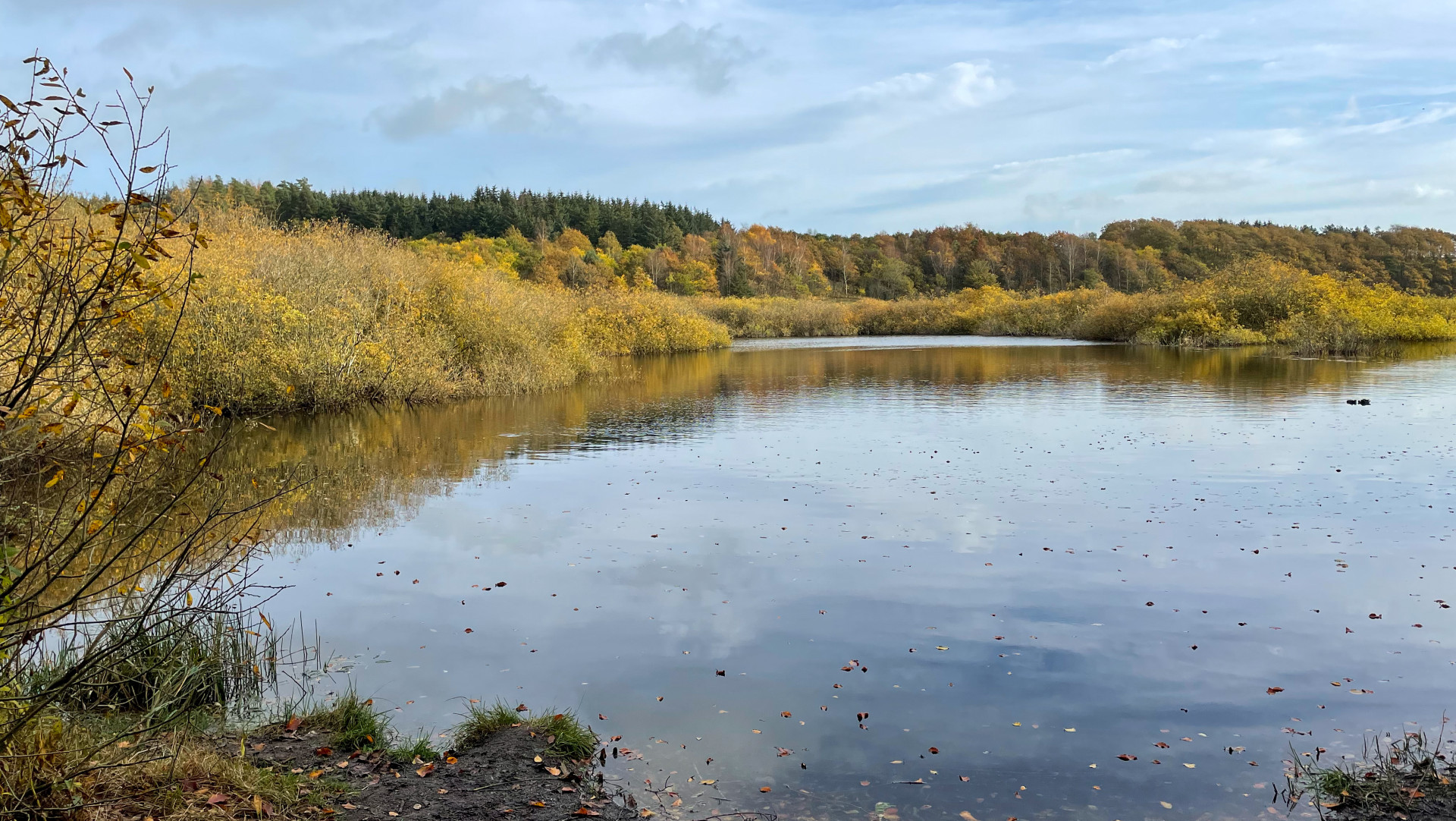Exploring Connection Between Tech Lifecycles, Biodiversity Loss
Exploring Connection Between Tech Lifecycles, Biodiversity Loss Mirage News


The Link Between Biodiversity Loss and Technology Life Cycles

Introduction
The efforts to increase society’s environmental sustainability focus on four major challenges that need to be addressed: climate change, natural resource dissipation, environmental pollution, and biodiversity loss.
Quantifying Biodiversity Loss
Impacts on climate change are relatively straightforward to characterize through CO2 emissions. We even have ways to convert emissions of other greenhouse gases like methane and laughing gas, into CO2 equivalents, so we can calculate the overall impact on the climate in tons of CO2.
However, a similar approach does not apply to biodiversity loss, despite broad consensus among researchers that the biodiversity crisis is a significant and global problem. Professor Peter Fantke, DTU Sustain, and his research group aim to find quantifiable ways to measure biodiversity loss for use in life cycle assessment (LCA).
Biodiversity Loss has Complex Causes
Quantifying biodiversity loss requires understanding the contribution of various stressors via their different pathways and effect mechanisms. This includes chemical and plastic emissions, models to translate laboratory and field test data on individual organisms to loss on species, genetic and functional diversity, and the combination of extensive datasets.
Ecosystems have Limited Capacity for Human-Induced Impacts
The research group has developed first concepts for linking impacts from chemical emissions on aquatic and terrestrial species to loss on species, genetic and functional diversity loss, and to define local-to-global capacity limits of ecosystems for coping with such impacts.
The ultimate goal is to be able to quantify what biodiversity can withstand in terms of human-induced impacts from local farm scale to the largest scale – the Earth’s biosphere, and how to attribute both impacts and impact capacities to individual product and technology life cycles, to support a more sustainable technology development worldwide.
Natural to Work at a Technical University
It may seem a bit off to work at a technical university on quantifying the complex link between chemical or plastic pollution and biodiversity loss. But for Peter Fantke, it is a natural consequence of what his work is intended for.
“If we want to reduce impacts on biodiversity, we need to understand how emissions along product and technology life cycles affect our ecosystems. This can be done using life cycle assessment, which takes a whole life cycle perspective. Today, engineers can design new materials, products, and technologies for a specific purpose. We need to ensure that technological development is not harmful to the environment, and therefore, quantifying the link between technology life cycles and related impacts on humans, natural resources and biodiversity are crucial. To protect ecosystems, we need to understand them first,” explains Peter Fantke.
Conclusion
The first results of the group’s work have already been published. The hope is that within the next three to five years, it will be possible to contribute a range of quantifiable measures for understanding and minimizing negative impacts of products and technologies on biodiversity from local to global scale.
SDGs, Targets, and Indicators
-
SDG 13: Climate Action
- Target 13.2: Integrate climate change measures into national policies, strategies, and planning.
- Indicator: CO2 emissions and greenhouse gas emissions.
-
SDG 15: Life on Land
- Target 15.5: Take urgent and significant action to reduce the degradation of natural habitats.
- Indicator: Biodiversity loss measures in life cycle assessment (LCA).
Analysis
The article discusses the efforts to increase society’s environmental sustainability, focusing on four major challenges: climate change, natural resource dissipation, environmental pollution, and biodiversity loss. Based on this information, the following SDGs can be identified:
1. SDG 13: Climate Action
The article mentions the need to characterize climate change impacts through CO2 emissions and convert emissions of other greenhouse gases into CO2 equivalents. This aligns with SDG 13, which aims to take urgent action to combat climate change and its impacts.
2. SDG 15: Life on Land
The article specifically addresses the issue of biodiversity loss and the need to measure it for use in life cycle assessment (LCA). This aligns with SDG 15, which focuses on protecting, restoring, and promoting sustainable use of terrestrial ecosystems, sustainably managing forests, combating desertification, and halting biodiversity loss.
Based on the content of the article, the following targets can be identified:
1. Target 13.2: Integrate climate change measures into national policies, strategies, and planning
The article emphasizes the need to understand how emissions along product and technology life cycles affect ecosystems. By integrating climate change measures into national policies, strategies, and planning, it becomes possible to minimize negative impacts on biodiversity.
2. Target 15.5: Take urgent and significant action to reduce the degradation of natural habitats
The article highlights the importance of reducing the degradation of natural habitats to address biodiversity loss. By taking urgent and significant action, it becomes possible to protect and restore ecosystems, thereby minimizing negative impacts on biodiversity.
The article mentions indicators that can be used to measure progress towards the identified targets:
1. Indicator: CO2 emissions and greenhouse gas emissions
The article states that CO2 emissions and greenhouse gas emissions are used to characterize climate change impacts. These indicators can be used to measure progress towards integrating climate change measures into national policies, strategies, and planning.
2. Indicator: Biodiversity loss measures in life cycle assessment (LCA)
The article discusses the need to find quantifiable ways to measure biodiversity loss for use in life cycle assessment (LCA). Developing relevant metrics for addressing damage on biodiversity can help measure progress towards reducing the degradation of natural habitats.
Table: SDGs, Targets, and Indicators
| SDGs | Targets | Indicators |
|---|---|---|
| SDG 13: Climate Action | Target 13.2: Integrate climate change measures into national policies, strategies, and planning | CO2 emissions and greenhouse gas emissions |
| SDG 15: Life on Land | Target 15.5: Take urgent and significant action to reduce the degradation of natural habitats | Biodiversity loss measures in life cycle assessment (LCA) |
Behold! This splendid article springs forth from the wellspring of knowledge, shaped by a wondrous proprietary AI technology that delved into a vast ocean of data, illuminating the path towards the Sustainable Development Goals. Remember that all rights are reserved by SDG Investors LLC, empowering us to champion progress together.
Source: miragenews.com

Join us, as fellow seekers of change, on a transformative journey at https://sdgtalks.ai/welcome, where you can become a member and actively contribute to shaping a brighter future.







